The outcome of the 2025 Ice Hockey World Championship has become the most important ice hockey intrigue of the year. The tournament began on May 10th in two countries – Sweden and Denmark. The games were held in Stockholm (Globe Arena) and Herning (Jyske Bank Boxen), where the infrastructure met the most stringent IIHF requirements. The organizers ensured not only technical perfection but also a unique atmosphere: fan zones, multimedia shows, three-story stands with theater-quality acoustics.
Increased media attention, the return of key NHL players, a packed schedule, and a balanced team lineup made for a particularly eventful start. The group stage formed the structure of the tournament, with every point playing a part in the future playoff battle. By the fifth matchday, the backbone of the favorites had already emerged, but surprises weren’t long in coming.
Group Stage: How the 2025 IIHF World Championship unfolded
This is how the 2025 IIHF World Championship unfolded in the preliminary round – the group stage showed that the traditional balance of power didn’t hold up to the test.
Group A (Stockholm):
- Canada – 6 wins, 1 loss, goal difference +19.
- Sweden – 5 wins, 2 draws, maximum discipline.
- Finland – Instability at the beginning, followed by a series of dominant games.
Austria – A sensational loss to Latvia couldn’t prevent them from reaching the playoffs.
Group B (Herning):
- USA – Dominance in all areas of the court, 18 points.
- Switzerland – Strong defense, 3 games without conceding a goal.
- Czech Republic – Explosive style, but instability in the finals.
- Denmark – Home spirit, reaching the quarterfinals thanks to a comeback win against Germany.
Each game was accompanied by a video broadcast with multi-camera footage, infographics, and tracking of puck speed and player movement distance.
Playoffs: Strategy, Nerves, Last-Second Goals
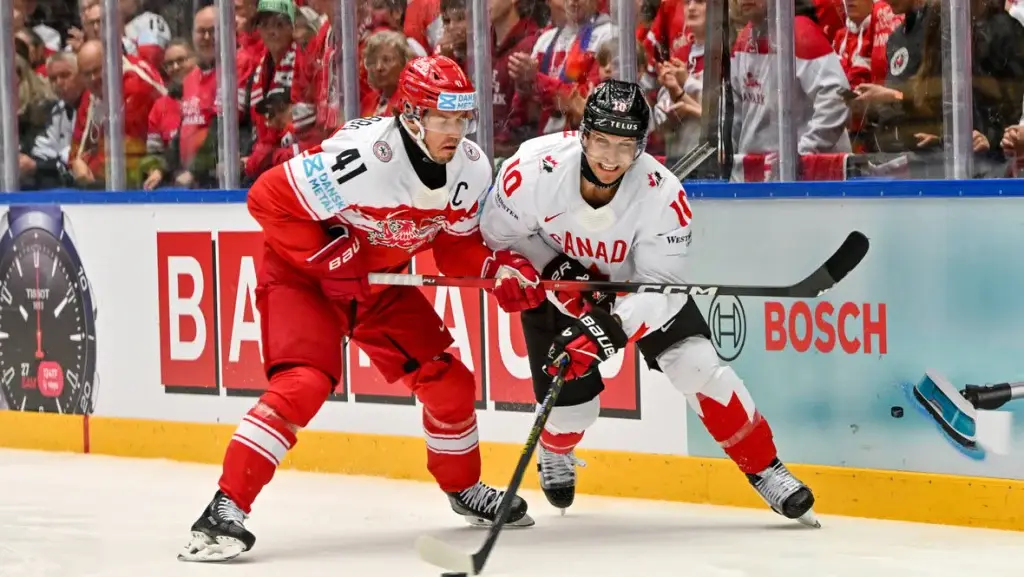 The 2025 Ice Hockey World Championship playoffs exceeded even the expectations of skeptics. The first round was marked by victories that changed expectations:
The 2025 Ice Hockey World Championship playoffs exceeded even the expectations of skeptics. The first round was marked by victories that changed expectations:
- USA vs. Czech Republic: 4:1. Powerful start, dominance in shots (35 vs. 19).
- Switzerland vs. Finland: 3:2. The turnaround in the third period, the decisive goal while shorthanded.
- Denmark vs. Canada: 2:1. The goalie saved 44 shots, including a penalty shot in the final seconds.
- Sweden vs. Austria: 5:2. Tactical maturity, complete control of the initiative.
Semifinals:
- USA vs. Denmark: 3:1. Pressure from the opening seconds, the winning goal came on a quick counterattack in the 32nd minute.
- Switzerland vs. Sweden: 2-1 (OT). The only overtime period, the puck hitting the net at 158 km/h.
Final of the 2025 IIHF Ice Hockey World Championship: The Globen Stadium in Stockholm had a capacity of over 18,000 spectators. Switzerland and the USA began cautiously, taking minimal risks. The first period was scoreless. The second was a series of saves. In the third period, shots were blocked and a 2-on-1 was completed by the US goalie. In the second minute of overtime, Tage Thompson skated along the boards, moved to the center, and shot the puck under the crossbar. The goal gave the United States its first gold medal since 1933.
Player Icons: Who lit up the tournament ice?
How the 2025 IIHF World Championship unfolded from a personal perspective was determined by several stars who exceeded expectations:
- Tage Thompson (USA): 6 goals, including the game-winning goal in the final.
- Logan Cooley (USA): 4+8, showed tactical versatility.
- Jeremy Swayman (USA): 0.938 save percentage, 3 shutouts.
- Leo Karlsson (Sweden): 4+6, scores in key areas.
- Nino Niederreiter (Switzerland): Stability as captain, key passes.
- Daniel Thiessen (Denmark): 43 saves against Canada, 929% tournament save percentage.
Each of these players had a direct impact on their team’s performance, not only with their statistics, but also with their understanding of the game, rhythm, and leadership.
Energy in the stands: How the 2025 IIHF World Championship unfolded
The arenas in Denmark and Sweden attracted more than 500,000 fans throughout the tournament. Occupancy rate: 96%. Pre-game ice shows, spectator involvement in voting moments for the stars, and team-themed photo zones boosted participation. Technology enabled the introduction of a system with instant statistics for fans in the arena: Each spectator was given access to tablets with live data on shot speed, time on ice, and the effectiveness of substitutions. This increased game immersion and improved understanding of the action.
Tournament in Numbers
The final statistics show how the 2025 Ice Hockey World Championship unfolded:
- The total duration of the games was 64 hours and 20 minutes.
- Number of washers: 182.
- The maximum score in a game was 7:5.
- Minimum number of shots to win: 17 (Denmark vs. Canada).
- The average age of the champions is 27.3 years.
- The total number of spectators is over 500,000.
- Utility coefficient (max.) – +10 for the Swiss defenseman.
- The total number of shots on goal is more than 1,200.
- The leading scorers are Cooley (12), Thompson (9), and Karlsson (10).
- The IIHF rated the game’s entertainment value 9.4 out of 10.
Results and Impact: How World Hockey Has Changed
How did the 2025 Ice Hockey World Championship play out in the aftermath? A shift in the balance of power has occurred. The USA’s victory signaled a reshaping of the development programs. The young players demonstrated not only physical strength but also tactical maturity.
The results of the 2025 Ice Hockey World Championship led to:
- The signing of contracts between NHL clubs and young players from Switzerland, the Czech Republic, and Denmark;
- Revision of the training philosophy in Finland and Slovakia;
- The IIHF plans to introduce hybrid rules like those tested in Sweden.
Sponsors have stepped up their efforts, releasing special equipment lines, themed player cards, collectible souvenirs, and limited-edition video game add-ons.
The Final as a Symbol: The End of the Era of Waiting
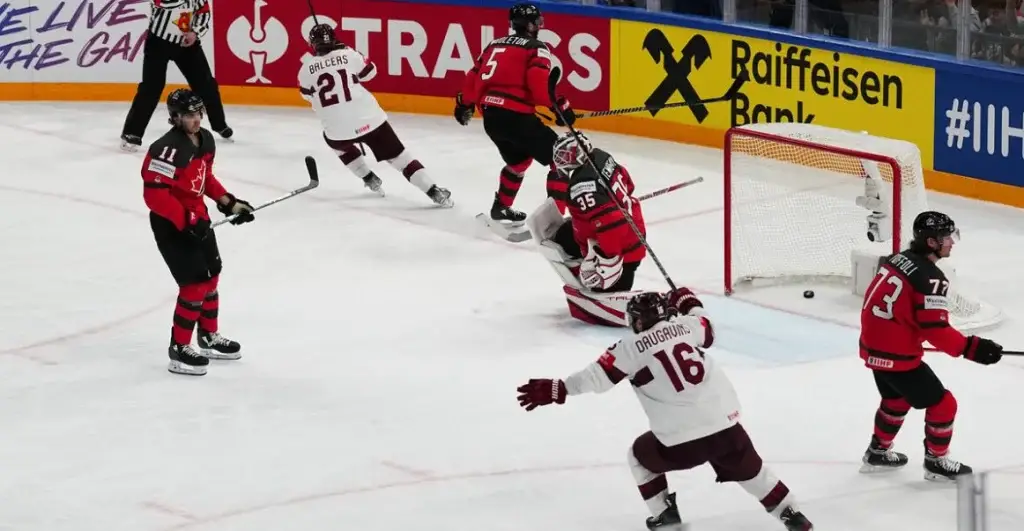 This is how the 2025 Ice Hockey World Championship unfolded in its final phase – it reached an emotional and historic climax. The medals were distributed as follows:
This is how the 2025 Ice Hockey World Championship unfolded in its final phase – it reached an emotional and historic climax. The medals were distributed as follows:
- Gold – USA (first victory since 1933).
- Silver – Switzerland (highest result in the last 70 years).
- Bronze – Sweden (commanding dominance in the third-place match).
The USA’s victory was greeted with a standing ovation. To the sounds of the national anthem, the flag was raised. The players lifted the trophy across the ice to mark the end of the 92-year hiatus. The final was not only the culmination of the tournament, but also of decades of systematic preparation.



 In Canada, he immediately showed why he was nicknamed the ‘Russian Rocket.’ In his first season in Vancouver, Pavel scored more than 30 goals, but above all, he set the pace for the entire league. His acceleration from a standing start to top speed was reminiscent of a rocket engine taking off. Bure didn’t just overtake defenders – he teleported through them. Centre of gravity, low stance, powerful acceleration – every change of direction became a fight for survival for his opponents.
In Canada, he immediately showed why he was nicknamed the ‘Russian Rocket.’ In his first season in Vancouver, Pavel scored more than 30 goals, but above all, he set the pace for the entire league. His acceleration from a standing start to top speed was reminiscent of a rocket engine taking off. Bure didn’t just overtake defenders – he teleported through them. Centre of gravity, low stance, powerful acceleration – every change of direction became a fight for survival for his opponents. Pavel Bure did not earn his nickname because of his speed as a fact, but because he turned it into a philosophy. He played as if every game on the ice were a final. His style, technique and mentality made him the symbol of an entire ice hockey era. Speed was no longer just a characteristic, but became a weapon. The answer to the question of which ice hockey player earned the nickname ‘Russian Rocket’ is simple: Pavel Bure.
Pavel Bure did not earn his nickname because of his speed as a fact, but because he turned it into a philosophy. He played as if every game on the ice were a final. His style, technique and mentality made him the symbol of an entire ice hockey era. Speed was no longer just a characteristic, but became a weapon. The answer to the question of which ice hockey player earned the nickname ‘Russian Rocket’ is simple: Pavel Bure.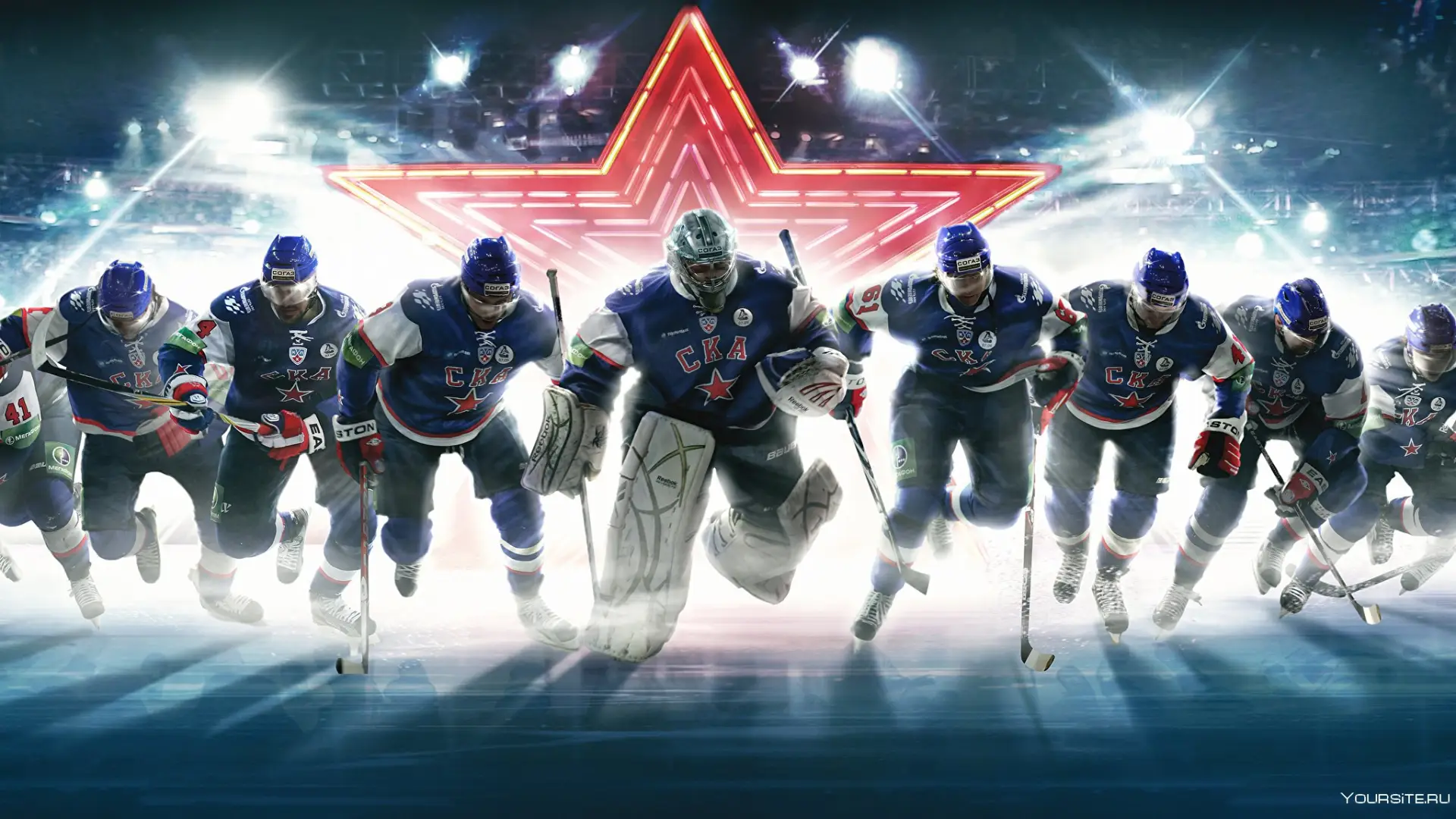
 The contracts of leading players have long since surpassed the limits of the last decade. In 2025, the world’s most expensive ice hockey players will not only demonstrate their performance capabilities, but also their influence – on the team, marketing, playing style and the league’s economy. A list of players who set standards on and off the ice:
The contracts of leading players have long since surpassed the limits of the last decade. In 2025, the world’s most expensive ice hockey players will not only demonstrate their performance capabilities, but also their influence – on the team, marketing, playing style and the league’s economy. A list of players who set standards on and off the ice: The world’s most expensive ice hockey players in 2025 will not only influence the scoreboard, but also the NHL’s economy. Every contract, every trophy, every advertisement is part of a complex formula. Clubs don’t just pay for goals; they invest in influence, media presence and leadership qualities. Statistics and emotions, efficiency and charisma – all of this becomes part of a financial architecture in which the ice hockey player is a top-class product.
The world’s most expensive ice hockey players in 2025 will not only influence the scoreboard, but also the NHL’s economy. Every contract, every trophy, every advertisement is part of a complex formula. Clubs don’t just pay for goals; they invest in influence, media presence and leadership qualities. Statistics and emotions, efficiency and charisma – all of this becomes part of a financial architecture in which the ice hockey player is a top-class product.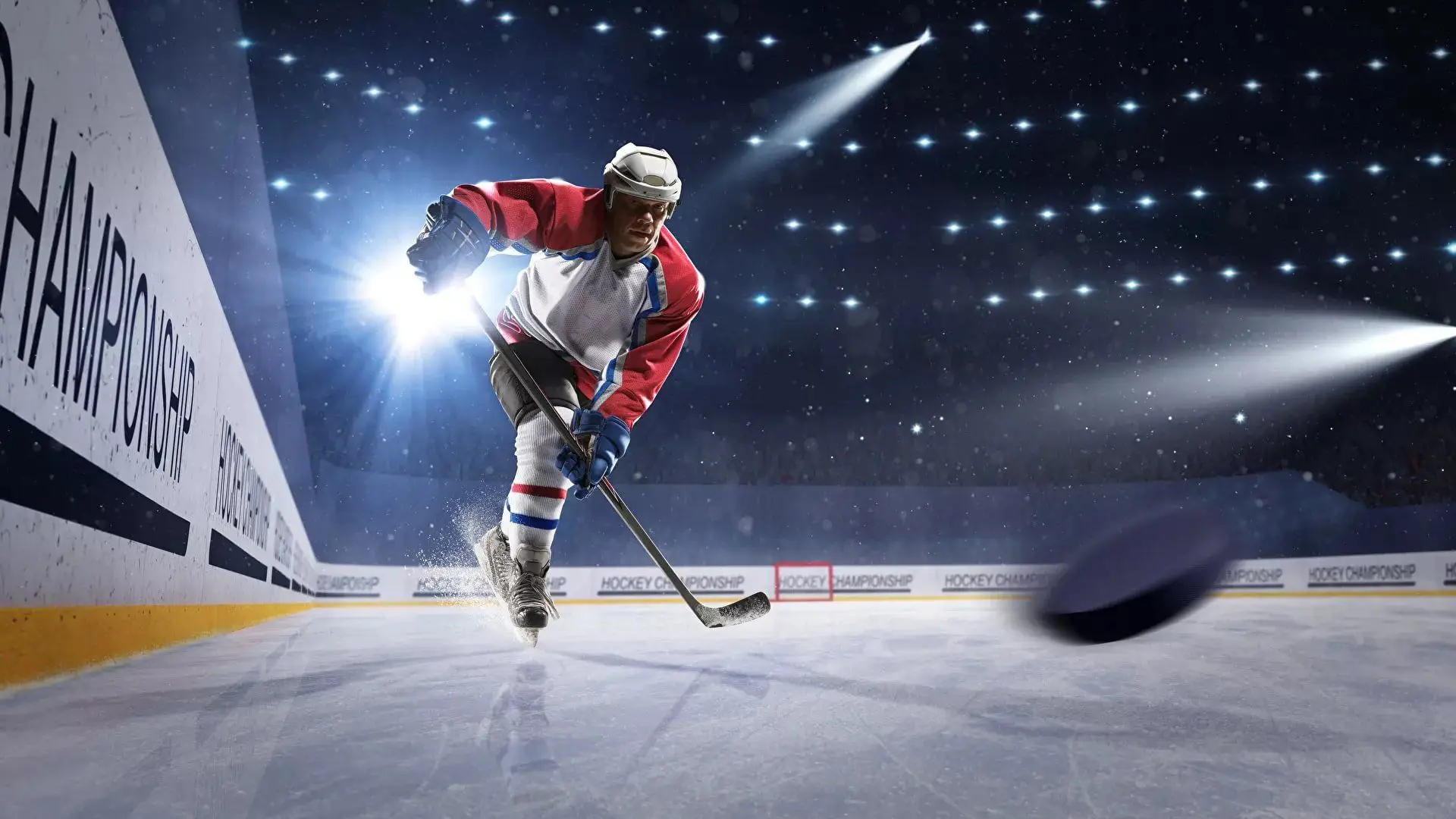
 The game situation involving the referees follows a precisely defined pattern. In the event of conflicts, the referees keep their distance, do not intervene immediately and observe the situation visually. This approach explains why referees do not immediately stop fights in ice hockey games. The main task is to wait until the aggression subsides, prevent third players from getting involved, and prevent sneak attacks.
The game situation involving the referees follows a precisely defined pattern. In the event of conflicts, the referees keep their distance, do not intervene immediately and observe the situation visually. This approach explains why referees do not immediately stop fights in ice hockey games. The main task is to wait until the aggression subsides, prevent third players from getting involved, and prevent sneak attacks. The answer to the question of why fighting is allowed in ice hockey lies not in the acceptance of chaos, but in a conscious strategy. A contact sport that is full of dynamism and risks requires tools to regulate emotions. A fight is a form of communication, a protective mechanism, a warning.
The answer to the question of why fighting is allowed in ice hockey lies not in the acceptance of chaos, but in a conscious strategy. A contact sport that is full of dynamism and risks requires tools to regulate emotions. A fight is a form of communication, a protective mechanism, a warning.
 The club turned the maths of winning into an art form. Every action on the court was subject to analysis, calculation and preparation. In the 1990s, the team formed a unique bundle: young energy + Russian stars + management with an engineering mindset. Victories followed one after another. The team did not just win. It created a methodology. Many top clubs in world hockey later borrowed Detroit’s training principles. The team showed how adapting cultures and playing styles produces results
The club turned the maths of winning into an art form. Every action on the court was subject to analysis, calculation and preparation. In the 1990s, the team formed a unique bundle: young energy + Russian stars + management with an engineering mindset. Victories followed one after another. The team did not just win. It created a methodology. Many top clubs in world hockey later borrowed Detroit’s training principles. The team showed how adapting cultures and playing styles produces results The 10 best ice hockey teams do not just reflect the number of trophies or goals. The rankings illustrate ideology, culture and methodology. Each of these teams has changed the game – some by introducing systems, others by revolutionising the style, still others by their mentality. The top proves: ice hockey is not just a sport, but a global arena of meaning, where the result is not determined by the number of shots, but by the depth of the school, the training system and the philosophy of winning.
The 10 best ice hockey teams do not just reflect the number of trophies or goals. The rankings illustrate ideology, culture and methodology. Each of these teams has changed the game – some by introducing systems, others by revolutionising the style, still others by their mentality. The top proves: ice hockey is not just a sport, but a global arena of meaning, where the result is not determined by the number of shots, but by the depth of the school, the training system and the philosophy of winning.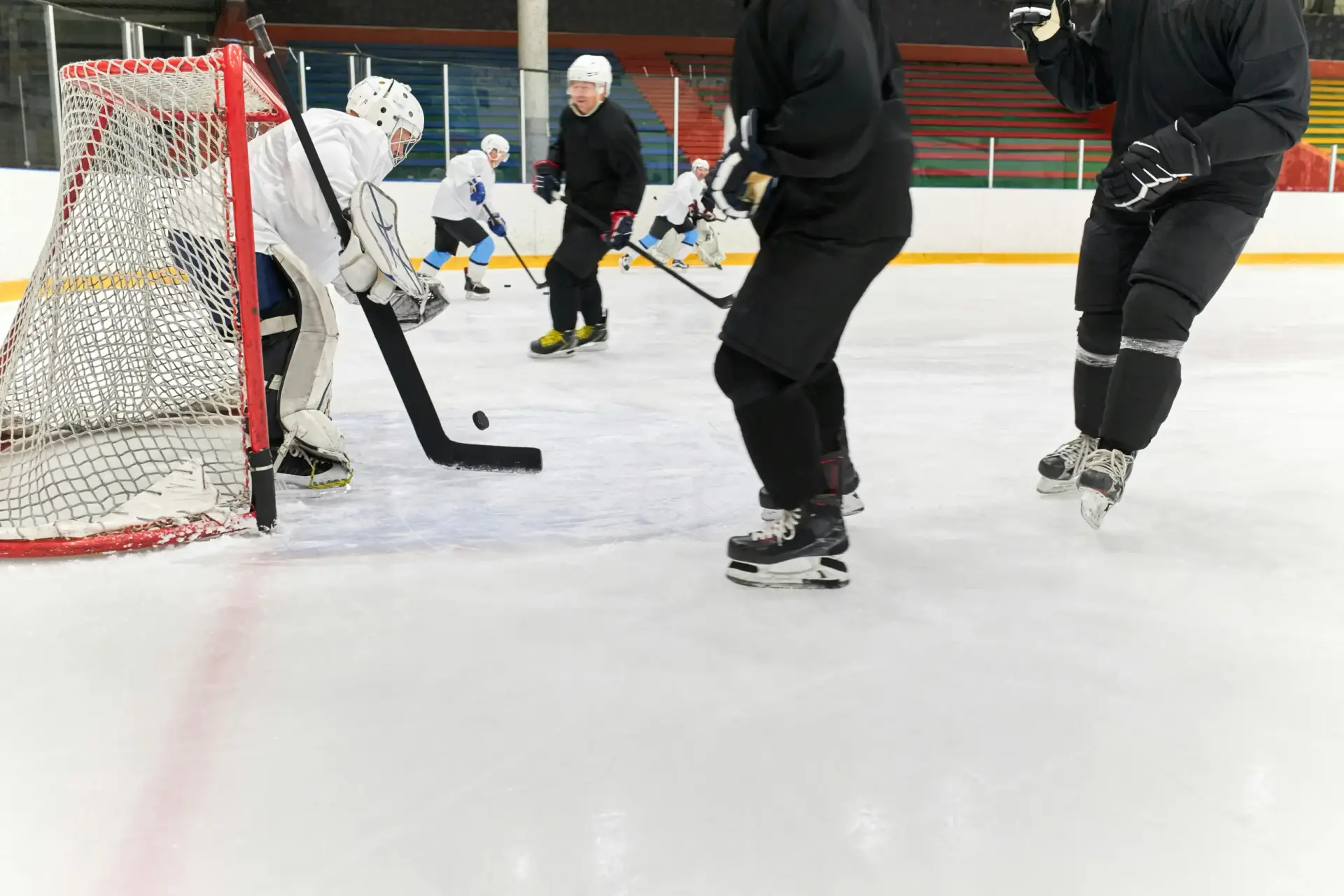
 For Canada, hockey is more than just a sport. Its presence is felt in every aspect of life. Children begin playing hockey at a young age, attend sports schools, and participate in local tournaments. Most families spend their winter weekends at the ice rink, supporting their children and participating in amateur competitions.
For Canada, hockey is more than just a sport. Its presence is felt in every aspect of life. Children begin playing hockey at a young age, attend sports schools, and participate in local tournaments. Most families spend their winter weekends at the ice rink, supporting their children and participating in amateur competitions. The history of ice hockey in Canada continues to inspire generations and demonstrates the power of sport as a tool for unification, education, and development. Canada’s ice hockey is more than just a game: It is a symbol of national pride, a source of inspiration, and a role model for the world.
The history of ice hockey in Canada continues to inspire generations and demonstrates the power of sport as a tool for unification, education, and development. Canada’s ice hockey is more than just a game: It is a symbol of national pride, a source of inspiration, and a role model for the world.
 The name Viktor Tikhonov has come to epitomise strictness, order and absolute control. As one of the best ice hockey coaches in the USSR, he succeeded where others failed. His work with the national team brought the country unprecedented success on the international stage. Tikhonov’s style was characterised by strictness, but it was precisely this that made his teams unrivalled.
The name Viktor Tikhonov has come to epitomise strictness, order and absolute control. As one of the best ice hockey coaches in the USSR, he succeeded where others failed. His work with the national team brought the country unprecedented success on the international stage. Tikhonov’s style was characterised by strictness, but it was precisely this that made his teams unrivalled.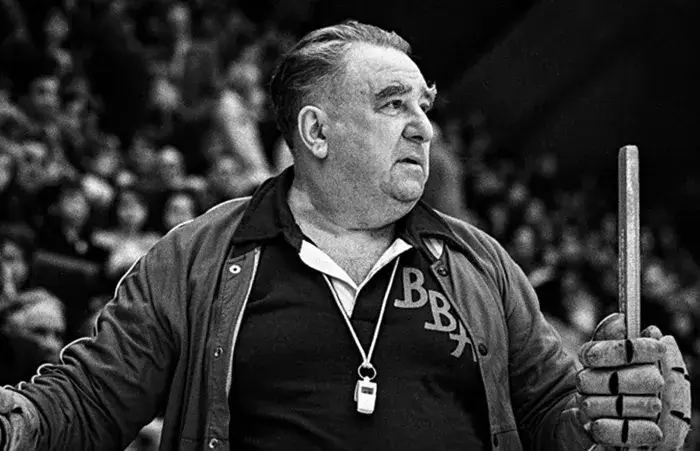 Every name mentioned in this article epitomises the era when Soviet ice hockey was at the forefront of world sport. The best ice hockey coaches of the USSR made an invaluable contribution to the development of the sport and became role models for future generations. Their methods, philosophy and approaches formed a unique school that continues to set standards to this day.
Every name mentioned in this article epitomises the era when Soviet ice hockey was at the forefront of world sport. The best ice hockey coaches of the USSR made an invaluable contribution to the development of the sport and became role models for future generations. Their methods, philosophy and approaches formed a unique school that continues to set standards to this day.
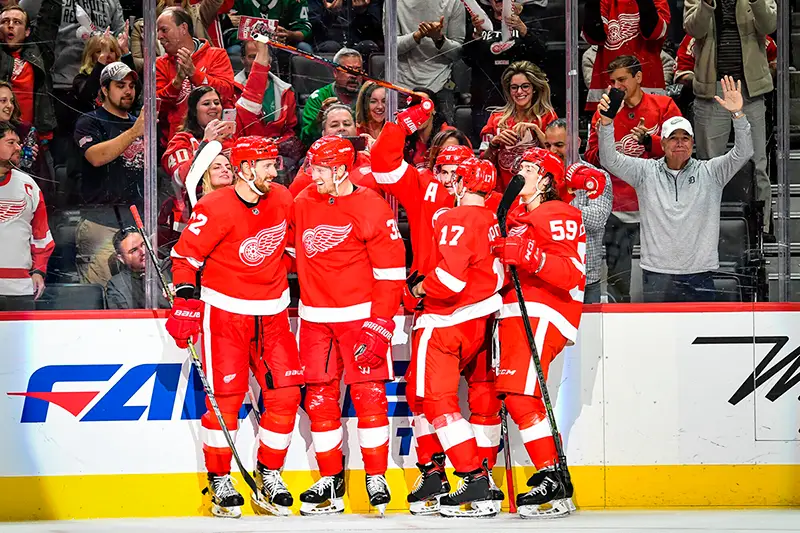


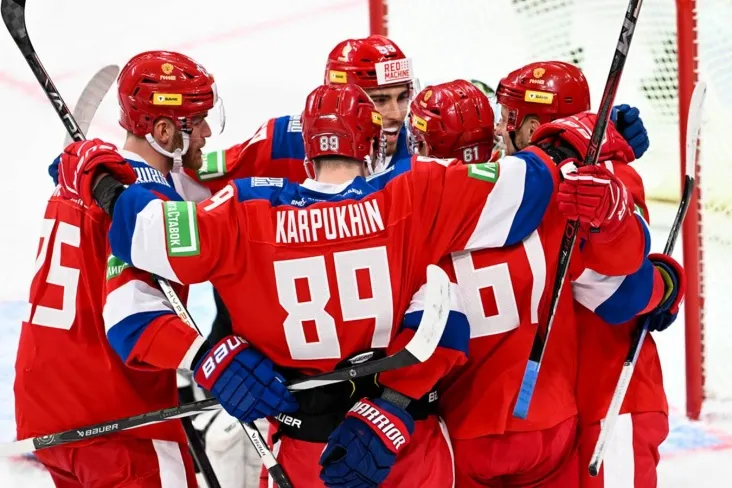 The strongest teams from Europe and the world take part in the tournament. Teams from Russia, Sweden, Finland, the Czech Republic and other countries that regularly belong to the world elite of ice hockey take part in this sporting competition.
The strongest teams from Europe and the world take part in the tournament. Teams from Russia, Sweden, Finland, the Czech Republic and other countries that regularly belong to the world elite of ice hockey take part in this sporting competition.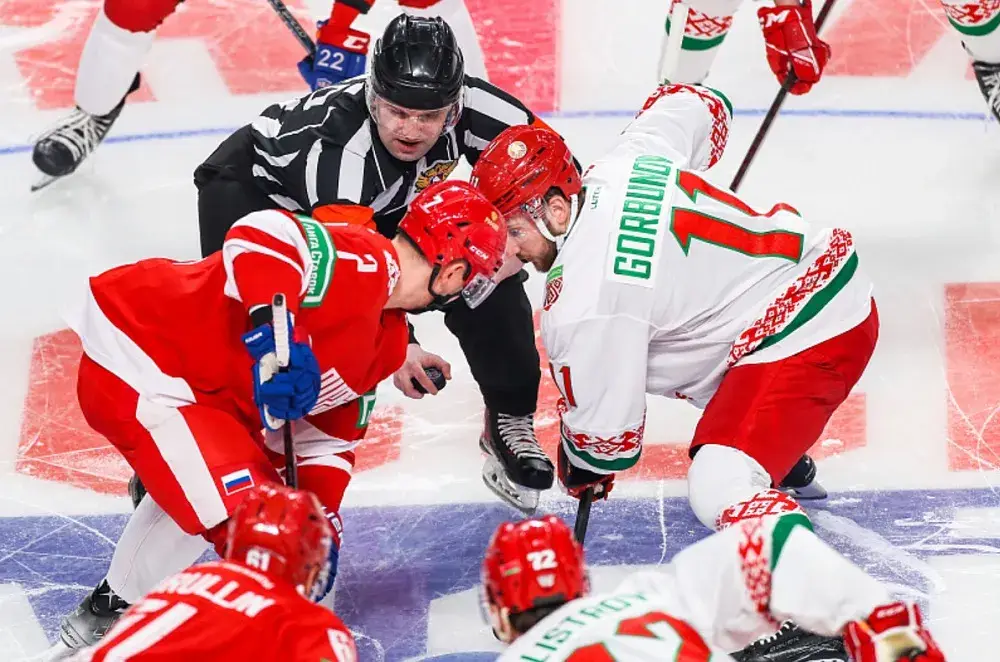 The Channel One Ice Hockey Cup 2024 is an event that combines the best ice hockey traditions, vivid emotions and exciting matches. The tournament offers a unique opportunity to see the strongest national teams compete against each other, evaluate the players’ skills and enjoy spectacular matches on the eve of the New Year holidays.
The Channel One Ice Hockey Cup 2024 is an event that combines the best ice hockey traditions, vivid emotions and exciting matches. The tournament offers a unique opportunity to see the strongest national teams compete against each other, evaluate the players’ skills and enjoy spectacular matches on the eve of the New Year holidays.
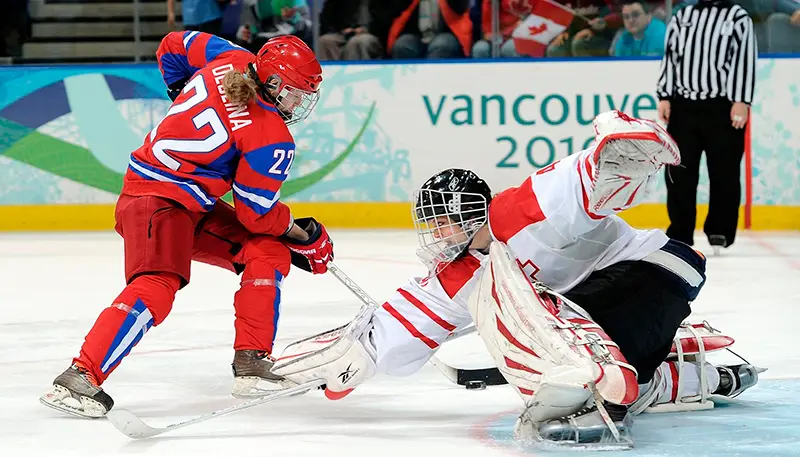
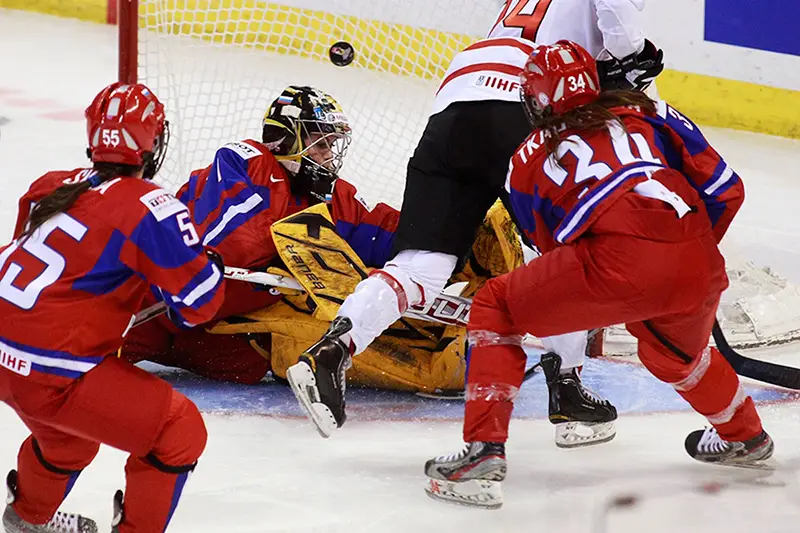

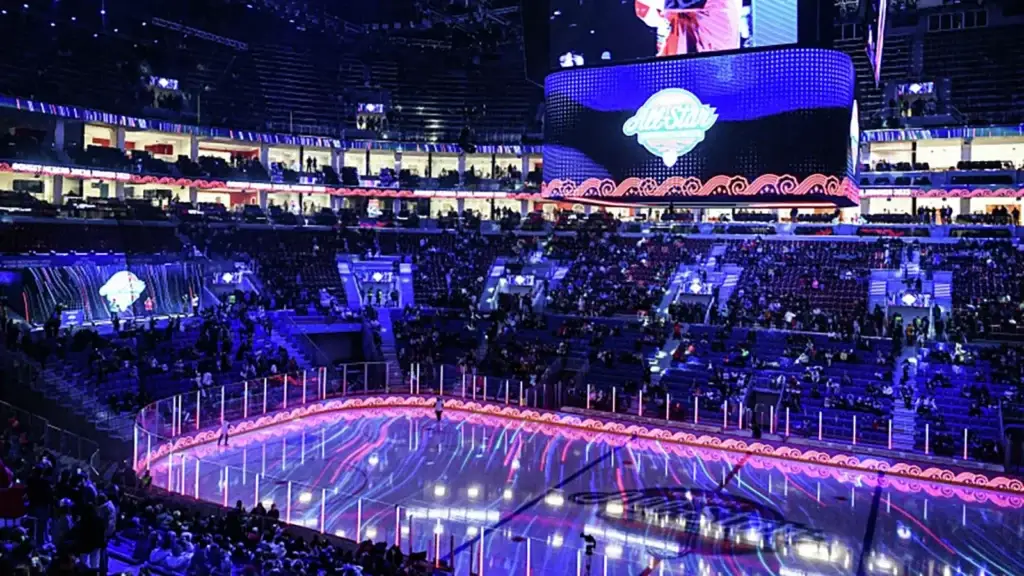 The Minneapolis Arena in the USA is a perfect example of the combination of modernity and tradition. The huge glass façades convey a feeling of lightness, while the use of steel emphasises strength and resilience. It is a place where every element has been carefully designed and every detail reflects the cultural characteristics of the region.
The Minneapolis Arena in the USA is a perfect example of the combination of modernity and tradition. The huge glass façades convey a feeling of lightness, while the use of steel emphasises strength and resilience. It is a place where every element has been carefully designed and every detail reflects the cultural characteristics of the region. The biggest ice hockey arenas have already become an integral part of global ice hockey culture and their importance cannot be overestimated. In the future, fans will be treated to new behemoths like Nova Ice in Europe, which will be state of the art with maximum capacity and innovations the world has never seen before. These projects show that arenas are not here to stay, but will evolve to keep pace with progress and the demanding expectations of fans.
The biggest ice hockey arenas have already become an integral part of global ice hockey culture and their importance cannot be overestimated. In the future, fans will be treated to new behemoths like Nova Ice in Europe, which will be state of the art with maximum capacity and innovations the world has never seen before. These projects show that arenas are not here to stay, but will evolve to keep pace with progress and the demanding expectations of fans.

